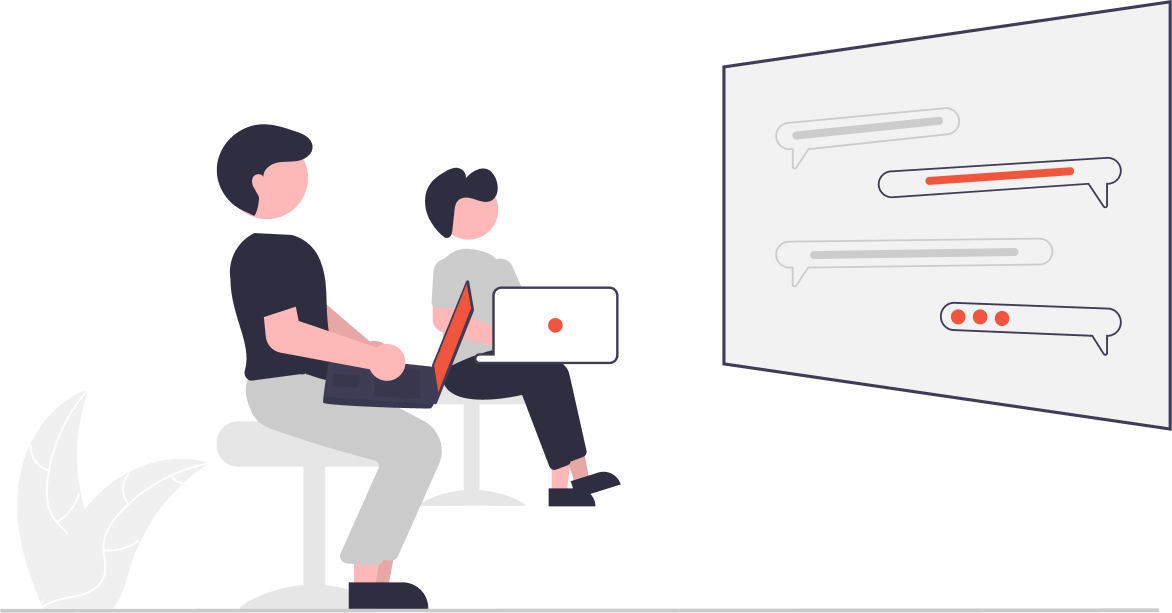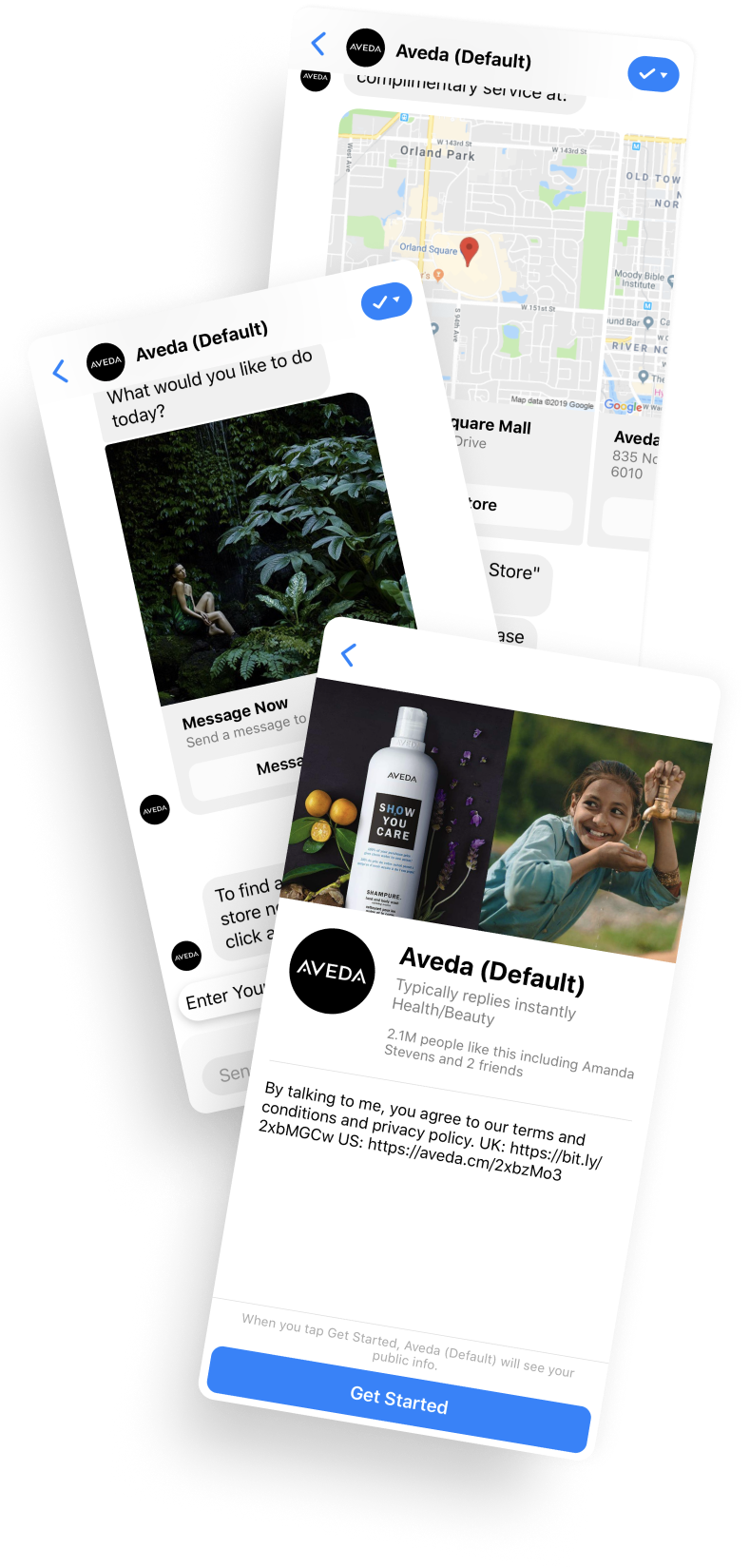Convert your Customers with User Centered Conversation Design
We create impactful, contextual experiences for your customers and solve problems for your business.
Let’s ChatHow We Do It
Our dedicated conversation design team uses data to inform your virtual assistant's design to create seamless, frictionless flows that your end users will love.
Why Design Conversations?
Harness the Power of Virtual Assistants
Harness the Power of Virtual Assistants
The power of a virtual assistant is only as strong as its design. Conversation Designers are like an architect that maps out what end users can do in the conversational solution while considering both the user’s needs and technological constraints.
They curate the conversation, ensuring frictionless transitions, driving containment and conversion of conversational flows and use cases.
Conversational Flows Your Customers Want to Use
Conversational Flows Your Customers Want to Use
A virtual assistant can be steeped in complexity but users will struggle to take advantage of such features if the system is poorly designed without the user in mind.
Our team of user-centric conversation designers excel in creating empathetic, contextual, conversational flows that align with your brand and speak to your customers.
Our ProvenConversation Design Process
- 01 Discovery
- 02 Data Analysis
- 03 Use Case Prioritization
- 04 User Persona Identification
- 05 User Journey Mapping
- 06 Bot persona development
- 07 Flow chart creation dialog development
- 08 NLP Matrix
- 09 User Testing
- 10 Bot Tuning

Our Conversation Design Offerings
Conversational AI Consulting
For companies that are moving their AI strategy in-house but are unsure of where to start or how to scale. Our team of conversation design consultants will work closely with your team to provide hands-on coaching, training, and guidance on how to build your conversational AI roadmap. Address customer pain points, improve CX and get ROI faster through our consulting services.
What We Offer:
- Conversational AI strategy and roadmap development
- On-site or virtual workshops and training
- Train-the-trainer model consulting on our conversation design process
- Presentations to leadership and stakeholders on how conversational AI can transform businesses processes and impact CX
Conversation Design Services
All of our conversational AI projects include conversation design services from a dedicated designer. We use data to inform our design decisions ensuring your customer pain points are addressed and solved with automation, reducing your agent overhead costs.
What We Offer:
- Data analysis and research
- User persona identification
- User journey mapping
- Dialog development
- User Testing
- Use case prioritization
- Bot persona development
- Flow chart design
- Natural Language Processing strategy and intent identification and design
- Post-launch bot tuning
Conversation Design Training
Conversation Design is a discipline many organizations want to have in-house, but do not currently have the skill set to currently execute. Our team of Conversational Design Consultants and Trainers can help get your team ready to take on the task of bringing your conversational experiences to life.

What We Offer:
- Dedicated training team for the duration of the experience
- Conversational AI overview
- How to define and prioritize use cases
- Why a bot persona is important
- Understanding the value of system integrations
- Designing and scripting conversational flows
- How to turn scripts into intents
- Optional ongoing consultative support
Our Conversation Design Experience
Whether you’re looking for conversational commerce or customer care, our team of experts has worked across a breadth of industries to improve customer experiences, increase ROI, and improve user satisfaction.



